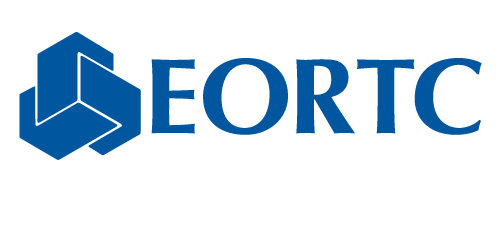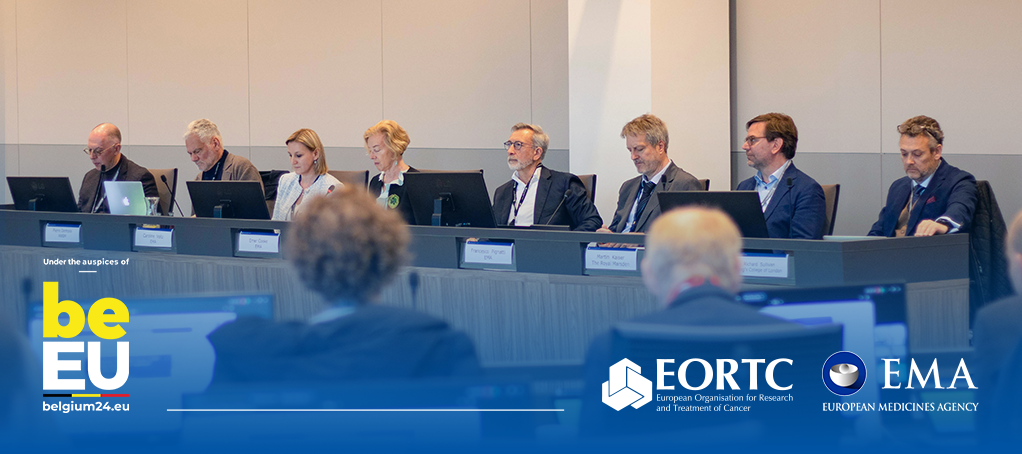EORTC/EMA workshop suggests an international way forward for treatment optimisation studies
8 May 2024
Treatment optimisation research seeks to benefit patients and healthcare providers by understanding and evaluating how the ever-increasing number of new therapies brought to market can be best delivered to patients. Such optimisation is of clear benefit to both parties, but the mechanisms to ensure it are disorganised, if they exist at all, in particular in the post-licensing phase. Where they do, it is more often at a national level rather than the international efforts that are required in order to have feasible experiments and robust results.
Licensing a new therapeutic intervention that is expected to bring innovation is of primary importance, but how to use these new technologies in the best interests of patients requires action in the pre-authorisation landscape as well as continued post-licensing clinical research. Licensing is simply the start of this process, but it is too often the end of it as well since treatment optimisation studies are currently voluntary. How this situation might be changed was the theme of a Cancer Medicines Forum (CMF) workshop organised by the EMA and EORTC on 5 April 2024, under the auspices of the EU Belgium Presidency.
Speakers from Europe, the US, and Canada set out the situation existing today. The optimal use of new medicines remains poorly documented (optimal dose, duration, schedule, patient population who really benefit, frailer populations, relevant clinical endpoints such as survival and quality of life etc..), leaving patients’ questions and societal concerns unanswered. While regulators and health systems prioritise fast access to treatments that look promising, but is it right that uncertainty around the best use of new drugs should be accepted in order to access them sooner? There is a gap there that needs to be bridged in both the pre-and post-approval settings through the encouragement of independent clinical research involving many different stakeholders and focused on patients’ needs.
Representatives from national and European regulatory authorities need to work together to ensure that treatment optimisation evidence is generated all through the development process, and become mandatory for marketing authorisation approval, speakers said. This would need a high level of collaboration between regulators, health technology assessment bodies, healthcare providers and payers, patient organisations, and industry. Patient preferences, in different age groups, and disease types should be taken into account so that optimisation studies address priorities across all patient populations, and treatment optimisation research should accelerate patients’ access to new therapies rather than delay it.
However, funding for such research is a major problem, being extremely limited at present. Consideration needs to be given to the role of healthcare systems and payers in providing funding. Payer-funding has been successful in a number of cases, notably in The Netherlands. But international research and funding are needed, and there should be a role for EU and international funding bodies here.
The major questions to be answered at the treatment optimisation stage are 1) Who not to treat? 2) When to treat? 3) When treating, how to improve the therapeutic index (reduced toxicity, both for patients and for payers) and improve effectiveness? The trade-off of activity and toxicity should not be seen as a secondary metric, and neither should quality of life.
For optimisation questions to become a systematic part of the procedure, both before and after marketing authorisation, involves considerable effort on behalf of all stakeholders, both intellectual and financial. For research to be truly patient-centric, it needs to ensure an optimal outcome for each individual, treating the patient rather than simply the tumour. The rewards that may be seen in patients’ quality of life, not to mention the potential savings for healthcare systems, mean that treatment optimisation can no longer be seen as an optional add-on.
Disclaimer: This summary should not be understood as the official views of The EMA or its scientific committees.
For more background information about the CMF, read this publication: Saesen R et al. (2022). Advancing academia-driven treatment optimisation in oncology: launch of the EMA Cancer Medicines Forum. European Journal of Cancer. https://doi.org/10.1016/j.ejca.2022.03.025.
Related News
Meet the new EORTC Board
9 Jul 2024
We are pleased to announce the release of the EORTC 2023 Annual Report
17 Jun 2024
Dr Denis Lacombe, EORTC CEO, appointed stakeholder co-chair of ACT EU advisory group
24 May 2024
Clinical Trials Day 2024: a Q&A on pragmatic clinical trials
20 May 2024
EORTC’s Participation at the ESTRO Congress 2024
29 Apr 2024
EORTC: Advancing research and treatment for rare cancers
29 Feb 2024
EORTC Fellowship Programme: celebrating more than 20 years of impactful collaboration
22 Feb 2024
Appointment of Malte Peters as EORTC Strategic Alliance Officer
9 Feb 2024
Unique series of workshops in partnership with the European Medicines Agency (EMA)
7 Feb 2024
EORTC launches a prominent clinical trial in older patients with locally advanced (LA) HNSCC (Head and Neck Squamous Cell Carcinoma)
14 Dec 2023


